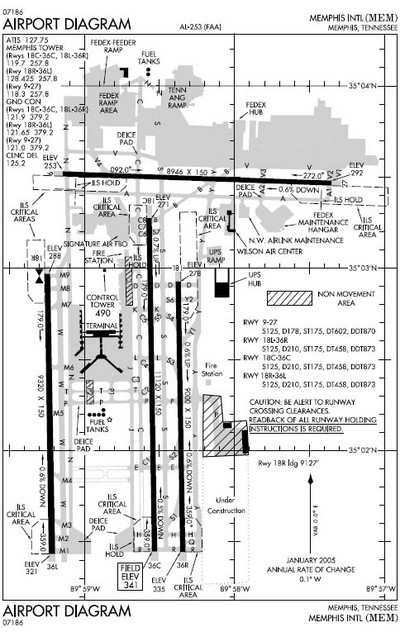jesse
Touchdown! Greaser!
Keep in mind it's possible to go around too much. You need to go around when in doubt - but if you find yourself going around all the time you need to enhance your skills.
I've seen people have to do several go arounds because they go around if the airplane is not in a specific predefined position and profile. The problem is that they have no idea how to get the airplane into that position and profile and mostly get there by a combination of luck and repetition (go arounds).
If you doubt the landing - go around - if you find yourself doubting a lot of your landings find an instructor to fix it.
I've seen people have to do several go arounds because they go around if the airplane is not in a specific predefined position and profile. The problem is that they have no idea how to get the airplane into that position and profile and mostly get there by a combination of luck and repetition (go arounds).
If you doubt the landing - go around - if you find yourself doubting a lot of your landings find an instructor to fix it.


